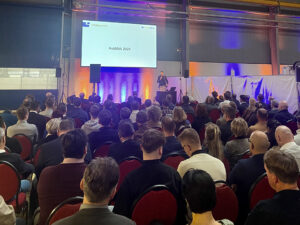
UnionStahl invests in state-of-the-art measuring arm technology for more precise and efficient quality control
UnionStahl is committed to innovation and has integrated state-of-the-art measuring arm technology with optical detection from Hexagon into its production processes.



